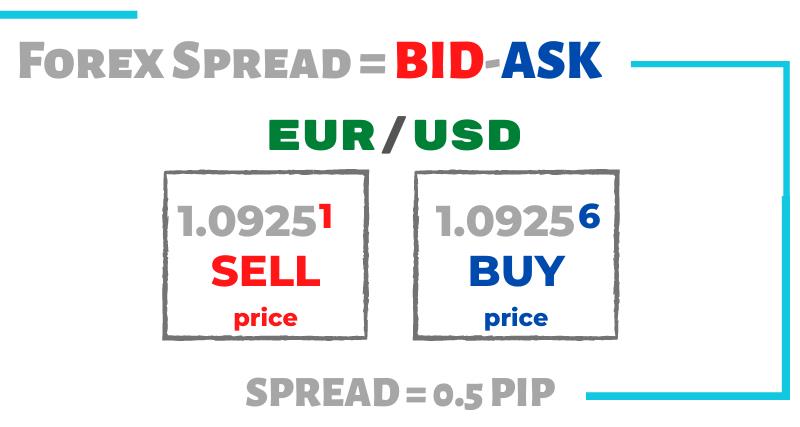
There are many great dividend stocks that you can choose from. You should look at these five companies if you are looking to reap the compounding interest benefits. They can now pay dividends up to 25% due to their recent dividend increases. These companies all pay a monthly dividend for their shareholders. Continue reading to find out more about these companies. Here are some reasons why you should look at each company. You might be surprised by one or two of them!
Northland Power
If you're looking for a good Canadian dividend stock, look no further than Northland Power. The company manages a large Taiwanese wind energy plant that can produce 1,044 megawatts. Canadian counterpart CT REIT is another solid monthly dividend stock. CT REIT leases Canadian Tire Corporation high-quality assets from Canada. Canadian Tire Corp. has incorporated annual rental growth into its long-term leases. Investors can gain insight into Canadian Tire Corp.
Although it is a power and utility company, the company also has a variety of other businesses. It has extensive expertise in developing and operating offshore wind farms. These companies offer high growth potential and strong dividend history. Northland Power shares may benefit as more Canadians are interested in renewable energy. These stocks have outperformed all other stock markets in the past half decade. In fact, revenue and earnings have grown by 31% in just three years.

LTC Properties
LTC Properties has emerged as one of the top income investor dividend stocks. Despite recent share prices falling, this property developer continues to pay a steady dividend. LTC Properties, despite its recent share price fall, is still able pay its dividend with a tight payout rate. LTC Properties' management has shown that they believe that the future looks brighter than it did in the past.
These monthly dividend stock have many advantages over other kinds of dividend investments. These companies not only provide passive income but also offer exposure to niche markets and additional income stability. Dividend yields can be calculated by taking the monthly average and then dividing it by share price. CEF Connect can provide the expense ratio, discount/premium NAV and other information. These two figures are also useful in determining which companies are the best monthly dividend stocks.
Stag Industrial
STAG Industrial could be a good stock to consider if you want to receive a monthly income. The company was listed less than a decade ago and is now focused on single-tenant industrial properties. STAG's focus on the ecommerce industry means that it is well-positioned for success as there is a growing demand for warehouse space. Investors will also be rewarded with an attractive dividend yield.
STAG Industrial was founded in 2010 as a real estate investment trust. The company is the owner of 544 properties in 40 US states. It leases these properties to more than 359 different companies in diverse industries. The company has a well arranged lease maturity schedule, with a weighted mean lease term of 4.9. STAG Industrial is a great choice for monthly dividend investors because it offers a stable and reliable income stream.

Prospect Capital
This company provides loans for small business owners, with high interest rates and opportunities to acquire smaller businesses. This company focuses on middle-market companies with private equity financial backing. The company has invested in several industries and holds loan securitizations of more than 127 companies. The company's investment portfolio contains 39 types of investments. Investors need to pay attention the company's net income. This could lead to a reduction in dividends.
Prospect Capital is an investment company that specializes in private equity and debt financing. It invests in middle markets companies that have between 100 and 2000 employees. It has assets in excess of $8.1 million and is the largest BDC. Prospect Capital can serve these companies better because there is less competition. Prospect Capital's ability to source and invest across a variety of deals has contributed to its growth.
FAQ
How do you choose the right investment company for me?
It is important to find one that charges low fees, provides high-quality administration, and offers a diverse portfolio. The type of security that is held in your account usually determines the fee. Some companies don't charge fees to hold cash, while others charge a flat annual fee regardless of the amount that you deposit. Some companies charge a percentage from your total assets.
It's also worth checking out their performance record. If a company has a poor track record, it may not be the right fit for your needs. Companies with low net asset values (NAVs) or extremely volatile NAVs should be avoided.
Finally, you need to check their investment philosophy. Investment companies should be prepared to take on more risk in order to earn higher returns. If they are not willing to take on risks, they might not be able achieve your expectations.
How are shares prices determined?
Investors set the share price because they want to earn a return on their investment. They want to make money with the company. They buy shares at a fixed price. The investor will make more profit if shares go up. If the share value falls, the investor loses his money.
Investors are motivated to make as much as possible. This is why they invest. It helps them to earn lots of money.
Why is a stock called security.
Security is an investment instrument that's value depends on another company. It may be issued by a corporation (e.g., shares), government (e.g., bonds), or other entity (e.g., preferred stocks). If the asset's value falls, the issuer will pay shareholders dividends, repay creditors' debts, or return capital.
What are the benefits to investing through a mutual funds?
-
Low cost - purchasing shares directly from the company is expensive. Buying shares through a mutual fund is cheaper.
-
Diversification - Most mutual funds include a range of securities. One security's value will decrease and others will go up.
-
Professional management - professional mangers ensure that the fund only holds securities that are compatible with its objectives.
-
Liquidity – mutual funds provide instant access to cash. You can withdraw the money whenever and wherever you want.
-
Tax efficiency- Mutual funds can be tax efficient. Because mutual funds are tax efficient, you don’t have to worry much about capital gains or loss until you decide to sell your shares.
-
Purchase and sale of shares come with no transaction charges or commissions.
-
Mutual funds are simple to use. All you need is money and a bank card.
-
Flexibility - You can modify your holdings as many times as you wish without paying additional fees.
-
Access to information – You can access the fund's activities and monitor its performance.
-
Ask questions and get answers from fund managers about investment advice.
-
Security - You know exactly what type of security you have.
-
Control - you can control the way the fund makes its investment decisions.
-
Portfolio tracking - you can track the performance of your portfolio over time.
-
You can withdraw your money easily from the fund.
Investing through mutual funds has its disadvantages
-
There is limited investment choice in mutual funds.
-
High expense ratio – Brokerage fees, administrative charges and operating costs are just a few of the expenses you will pay for owning a portion of a mutual trust fund. These expenses will reduce your returns.
-
Lack of liquidity: Many mutual funds won't take deposits. These mutual funds must be purchased using cash. This limits the amount that you can put into investments.
-
Poor customer service - There is no single point where customers can complain about mutual funds. Instead, you should deal with brokers and administrators, as well as the salespeople.
-
Ridiculous - If the fund is insolvent, you may lose everything.
Statistics
- US resident who opens a new IBKR Pro individual or joint account receives a 0.25% rate reduction on margin loans. (nerdwallet.com)
- Our focus on Main Street investors reflects the fact that American households own $38 trillion worth of equities, more than 59 percent of the U.S. equity market either directly or indirectly through mutual funds, retirement accounts, and other investments. (sec.gov)
- Individuals with very limited financial experience are either terrified by horror stories of average investors losing 50% of their portfolio value or are beguiled by "hot tips" that bear the promise of huge rewards but seldom pay off. (investopedia.com)
- Ratchet down that 10% if you don't yet have a healthy emergency fund and 10% to 15% of your income funneled into a retirement savings account. (nerdwallet.com)
External Links
How To
How to Trade Stock Markets
Stock trading refers to the act of buying and selling stocks or bonds, commodities, currencies, derivatives, and other securities. Trading is French for traiteur, which means that someone buys and then sells. Traders trade securities to make money. They do this by buying and selling them. This type of investment is the oldest.
There are many ways to invest in the stock market. There are three main types of investing: active, passive, and hybrid. Passive investors simply watch their investments grow. Actively traded traders try to find winning companies and earn money. Hybrid investor combine these two approaches.
Passive investing involves index funds that track broad indicators such as the Dow Jones Industrial Average and S&P 500. This is a popular way to diversify your portfolio without taking on any risk. You can simply relax and let the investments work for yourself.
Active investing is about picking specific companies to analyze their performance. An active investor will examine things like earnings growth and return on equity. They decide whether or not they want to invest in shares of the company. If they feel the company is undervalued they will purchase shares in the hope that the price rises. However, if they feel that the company is too valuable, they will wait for it to drop before they buy stock.
Hybrid investing blends elements of both active and passive investing. You might choose a fund that tracks multiple stocks but also wish to pick several companies. This would mean that you would split your portfolio between a passively managed and active fund.